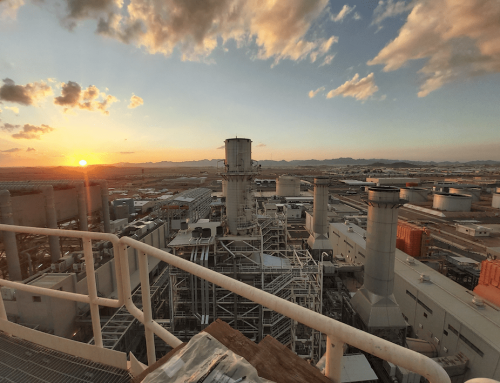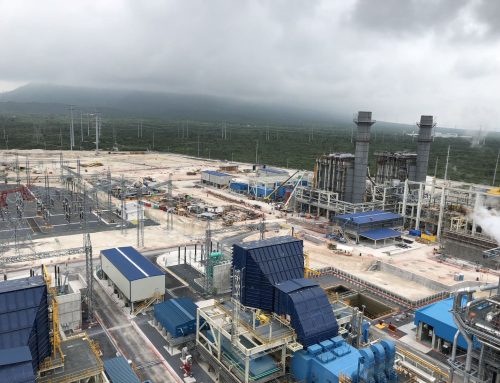Generation of electricity is a complex business. When comparing different technologies there’s more than one aspect to consider. This text will not address the capital expenditure amounts required to build the various types of power plants. It will focus on the costs of generation: operations, maintenance and fuel costs.
For example, while nuclear fuel overall generating cost is relatively inexpensive compared to other power sources such as fossil fuels, nuclear plants are still relatively expensive to operate. This is due to the high level of training required for nuclear plant operators, as well as higher costs of administration.
Let’s breaks down the real costs of various power generating methods including nuclear, fossil steam, hydro-electric, and gas turbine/small scale.
Costs of fuel
First off is a look at fuel cost on its own for each power plant to generate electricity. Aside from hydro-electric which uses the force of water, at the bottom of the group is nuclear, which weighs in at 7.15 Mills per Kilowatthour. (For reference, a mill is the equivalent of 1/10 of a U.S. cent.)
Based on 2018 figures, nuclear fuel is then followed by fossil steam generation at 25.40 Mills per Kilowatthour and 27.35 mills per kWh for gas turbine/small scale. The trends in fuel costs between 2008 and 2018 should also be noted. Nuclear fuel has been steadily rising during that time (5.29 mills per kWh in 2008 to 7.15 in 2018). While using gas turbine technology has varied dramatically from 64.23 mills per kWh in 2008 to 27.25 in 2018, it is important to note this cost varies with the cost of natural gas, which has fallen dramatically with the shale production in the US. While also fluctuating, fossil steam fuels (coal and liquid fuels) has slightly decreased compared to 2008.
Other operating and maintenance costs
When it comes to operating costs, because of its relative operating simplicity, the group described as gas turbine/small scale is currently king at 2.37 mills per kWh based on 2018 figures – which has also dropped substantially from 2008. In comparison, fossil steam operating and maintenance costs are 5.19/kWh as of 2018, with hydro-electric at 6.69/kWh and nuclear at 10.78/kWh.
Based on a comparison of 2008 to 2018, only the gas turbine category has come down, while the others have all risen (fossil steam saw the biggest increase in operating costs during that time, rising from 3.72/kWh in 2008.)
The normalization and increase of small scale plants has had a positive effect on maintenance costs of the gas turbine/small scale group, keeping maintenance costs low. As of 2018 the reported costs are 2.71 mills/kWh for this category, about the same as 2008, this is the lowest of all categories, followed by hydro-electric (3.96/kWh), fossil steam (5.27/kWh), and nuclear (5.93/kWh.) plants.
Renewables set to lead the way
Hydro-electric, at 10.65 mill/kWh, is currently the most economical way to generate power based on combined 2018 figures, this due to fuel costs being nill. Nuclear technologies follow at 23.86 mill/kWh then Gas Turbines/small scale plants at 32.43 mill/kWh and lastly Fossil steam reportedly costs 35.86 mill/kWh.
Meanwhile, renewable energy sources overall costs, including capital expenditures (costs to build new plants), are getting cheaper, lower than the price of existing coal generation. In fact, solar power (photovoltaic) has dropped almost 90 percent since 2009. It makes sense from an environmental and financial perspective to go greener in the future.
The U.S. Energy Information Administration expects to see natural gas and photovoltaic power plants leading the way in coming years.




